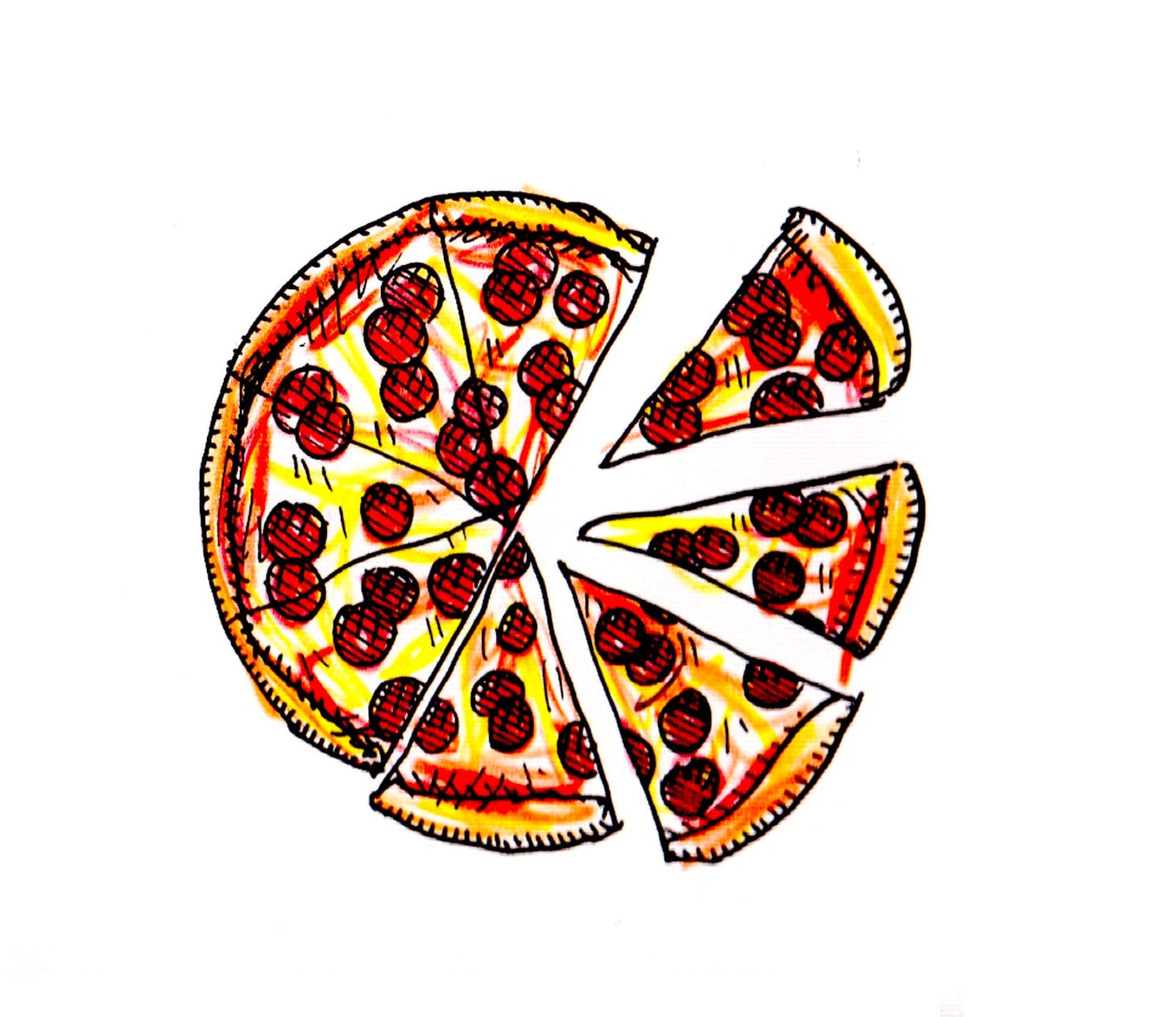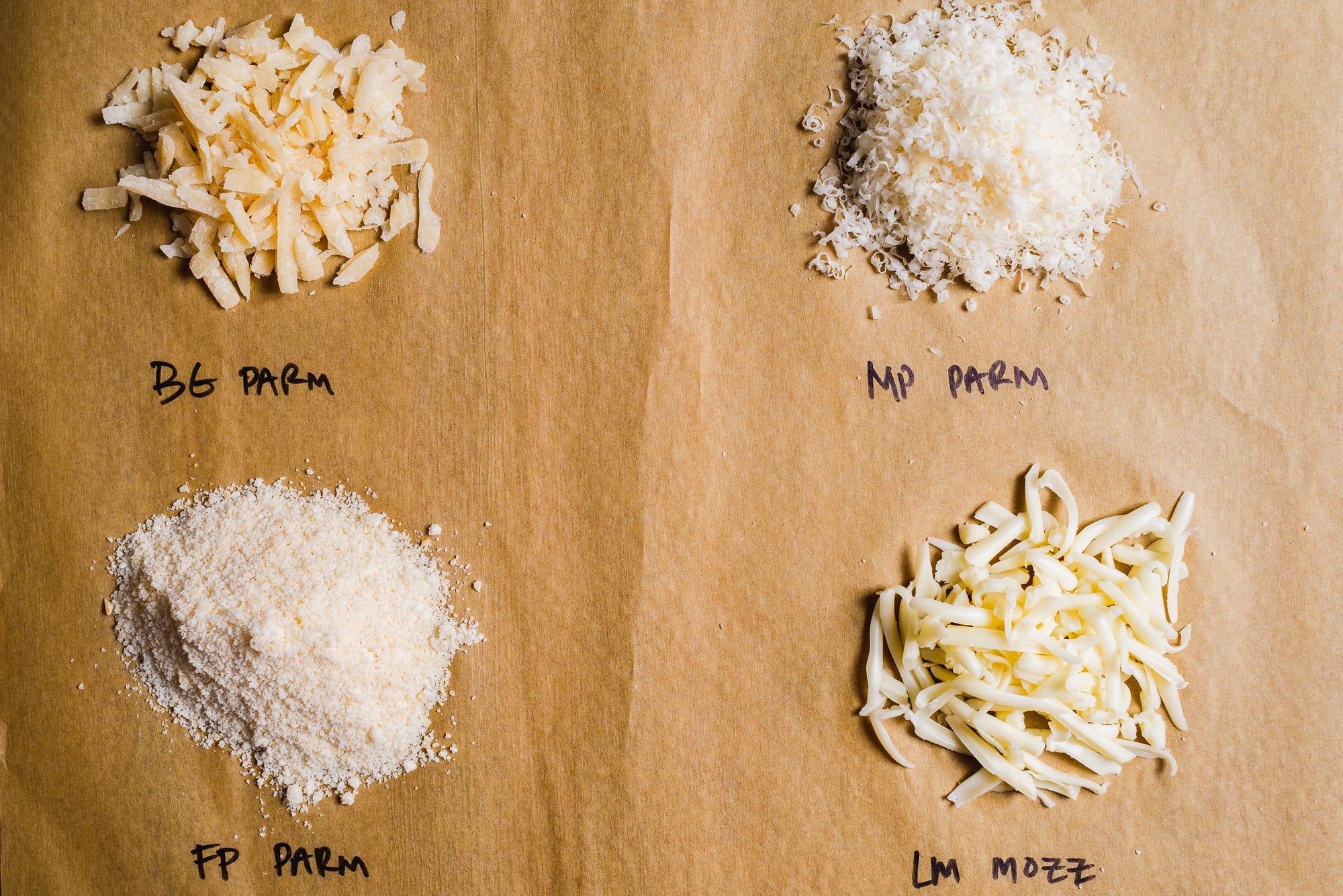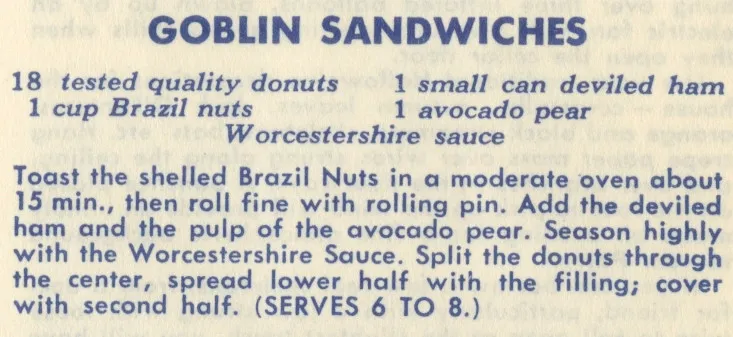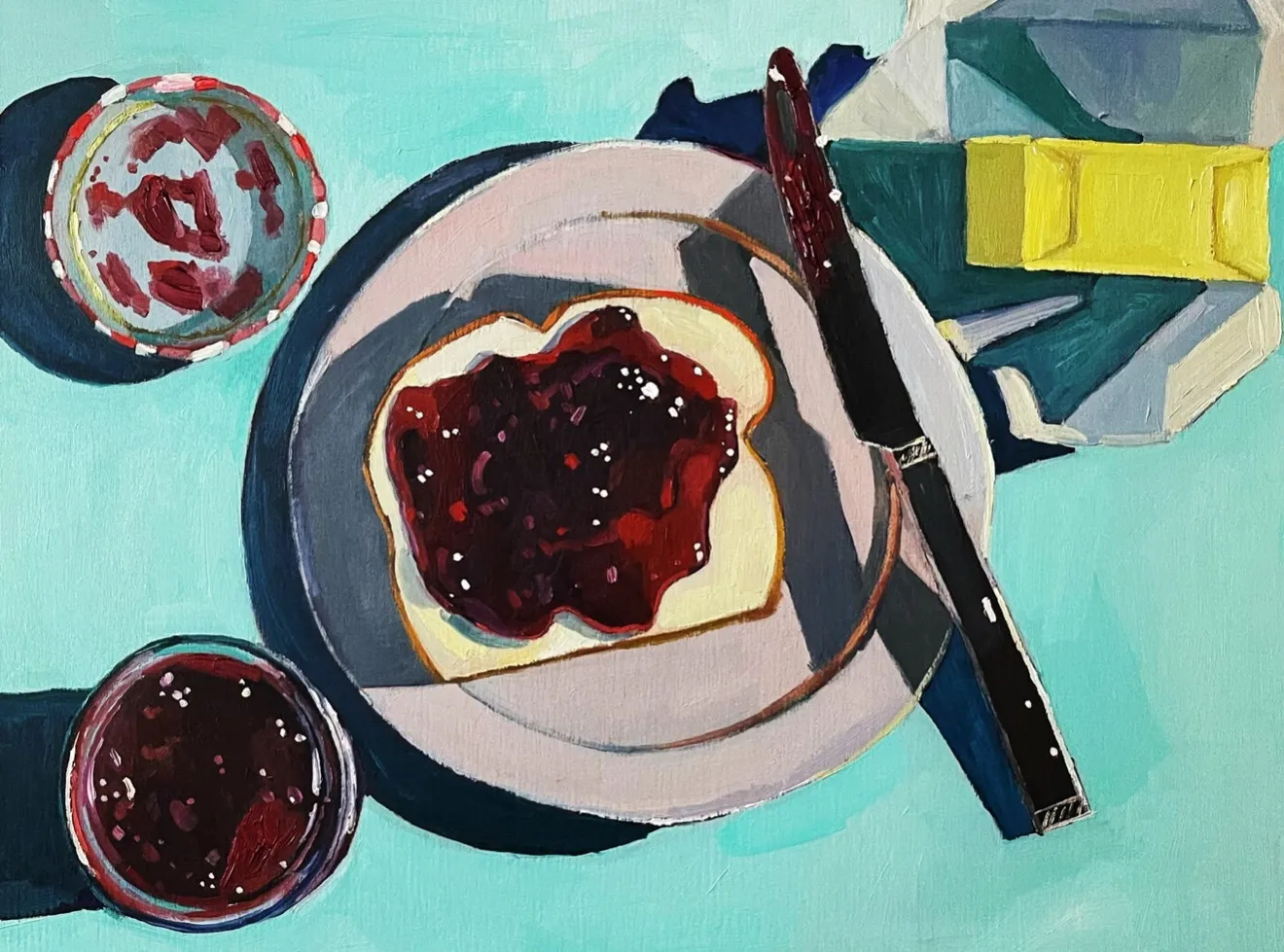Notes for a Possible Pizza Maker's Pocket Companion
Pocket Companion companion?

Table of Contents
When I first came up with the idea for my Bread Baker’s Pocket Companion, I imagined eventually also creating a pizza-focused Pocket Companion companion. Given how much is crammed in that booklet, I’m not sure that there’s quite enough material for a similar pizza version, but I remain open to the idea. In the meantime, I thought I’d use Pie January as an excuse to share all the useful pizza-making information it would be nice to have in one place here, at least.
I’ve tried to think up anything that might be useful at a quick glance. Here’s what we have so far:
- Grated Cheese Weight-to-Volume Conversions
- Canned Tomato Yield
- Pizza/Pan-to-Surface Area Conversion
- Mega Pizza Style-Pan-Dough Weight-Sauce-Cheese-Topping Chart
Let me know if you have other ideas for charts or other reference material that would be useful for pizza makers.
Grated Cheese Weight-to-Volume Conversions

- 1/4 cup Parmesan/Pecorino (box grated/coarse) = 1 oz / 25 g
- 1/4 cup Parmesan/Pecorino (Microplaned) = 0.33 oz / 10 g
- 1/4 cup Parmesan/Pecorino (food-processed/fine) = 1 oz / 30 g
- 1/4 cup low-moisture mozzarella, cheddar, etc. (shredded) = 1 oz / 28 g
I give 1/4 cup equivalents here because that’s about the minimum someone might use, and it’s easily scaled up to larger quantities. I don’t usually grate hard cheeses like Parmesan or Pecorino Romano on a box grater (except maybe as a finishing cheese for an al taglio, where it can be nice), but it is here just in case. I think the easiest and most efficient way to prep hard cheeses for pizza is to grind it in a food processor or high-powered blender to a Kraft-cheese consistency. (Just be careful not to over process it.)
Canned Tomato Yield

- 1 (28-ounce can) crushed or whole peeled tomatoes ≈ 3 cups
- 1 (28-ounce can) whole peeled tomatoes, drained liquid ≈ 3/4 cup
- 1 (28-ounce can) whole peeled tomatoes, drained ≈ 2 1/8 cups
- 1 (28-ounce can) tomatoes, cooked down to sauce ≈ 2 cups
These numbers might seem obvious, but I forget them all the time and like to have a table for handy reference. I usually do not drain peeled tomatoes before processing them, since I loathe wasting that extra ~3/4 cup of tomato liquid, which is usually thick enough to take advantage of. I rarely use or call for 14-ounce cans of whole peeled tomatoes, because the yield of actual tomatoes is a bit less than half that of a 28-ounce can owing to the geometry.
Pizza/Pan to Surface Area Conversion

- 8” round = 50 in²
- 9” round = 64 in²
- 10" round = 78 in²
- 12" round = 113 in²
- 8" x 10" (6.25” x 8.25”) Detroit (Lloyd RCT-14927-PSTK) = 52 in²
- 10" x 14" (8.25” x 12.25”) Detroit (Lloyd RCT-14926-PSTK) = 101 in²
- 12" x 17" (11.25” x 15.25”) Detroit (Lloyd H76F-12X17X2.8-PSTK) = 171 in²
- 9" x 13" cake/quarter-sheet = 117 in²
- 13" x 18" half-sheet = 234 in²
These are the most common size pizzas or pizza pans you might encounter (or own), along with their corresponding surface areas. The Detroit pans (of which I have at least one of each size) are a little annoying in that they are listed and sold by their top dimensions, but are considerably smaller in terms of actual usable surface area (the parenthetical numbers are the actual bottom/inner dimensions).
Unlike with my bread pan/volume chart, we are only really interested in surface area here, because it dictates the amount of dough needed (which varies from style to style; see the chart below, especially the g/in² column) and the amount of sauce, cheese, and toppings required to cover it.
Mega Pizza Style-Pan-Dough Weight-Sauce-Cheese-Topping Chart

This chart is definitely a work-in-progress, but coming along nicely since I started it earlier this week. It’s meant to capture all of the basic contours of the different styles of pies, along with numbers relative to the various pie sizes you might make of each. The sauce, cheese, and topping amounts are loosey-goosey guidelines (especially when it comes to toppings, which are definitely a you-do-you sort of thing), but do give a pretty good sense of about how much of each you might need for each style and size of pie.
A few notes:
- The g/in² (grams per square inch) numbers tell you exactly how much dough you need for a particular style of pie when you want to make it in a non-standard pan size.
- I don’t list quarter-sheet versions of any of these pies, since you can easily halve their half-sheet versions. (Ditto, I suppose, for full-sheet versions.)
- LM is “low-moisture,” meaning aged, and not fresh mozzarella. Whether you use full-fat or part-skim is up to you (I generally opt for the former).
- The Tavern-style pizza needs more intel from our Pie January guest poster, so stay tuned for that line to get filled out.
- Common baking temperatures and slice thicknesses are missing from this chart, but will get added eventually.
- I definitely need to add a Grandma pie to this (along with a recipe).
- Sorry it is not Imperial/Metric universal, there just wasn’t enough room to include metric numbers everywhere without it getting more out of hand than it already is.
Here’s a PDF of the same chart:

Wordloaf Pizza Reference Chart49.4KB ∙ PDF fileDownloadDownload
I’ll update and expand this chart over time as I do further testing, so check back here periodically (I’ll try to mention when it gets a substantial update). If there are other styles of pizza or pan/pie sizes you want added, let me know.
And do let me know if anything here needs more fleshing out or explaining, or if there is more you’d like me to add to this page. If we get enough content, maybe there’ll be a printed version of it someday…
—Andrew
wordloaf Newsletter
Join the newsletter to receive the latest updates in your inbox.




